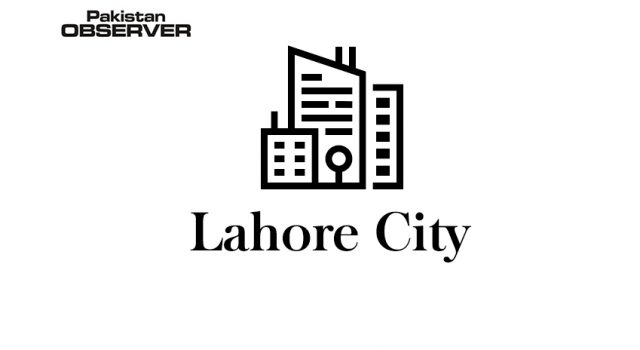The fast fashion industry is commonly known as a profitable business model based on replicating high-fashion designs and mass-producing them at a low cost in order to make them affordable for the masses.
The textile and fashion industry has a complex supply chain, starting from agriculture to manufacturing, distribution and retail. Each stage of production has a negative environmental impact.
The fast fashion industry is becoming the second largest polluter of the planet after oil. The environmental effects of fast fashion include land and air contamination, emission of greenhouse gases and the exhaustion of massive amounts of water and
energy.
Many chemicals used in textile manufacturing are harmful for the environment, factory workers and the consumers as well.
According to the UN Framework Convention on climate change, emissions of greenhouse gases from textile industries will increase up to 60% by 2030.
The development of the fashion industry has a significant impact on the achievement of the UN
Sustainable Development Goal 12 “Sustainable consumption and production”(SDG 12 ).
SDG 12 aims to ensure sustainable consumption and production levels.SDG 12 primarily focuses on the use of natural resources, chemical waste and fossil fuels.
The mission of SDG 12 is to introduce sustainable practices in the different processes of production and spreading awareness about responsible consumption in consumers.
It can be concluded that all of the concerns raised under the UN’s Sustainable Development Goal 12 are connected with the practices of the fast fashion industry.
The production of leather requires large amounts of land and water to raise livestock. The tanning of leather is a highly toxic process.
The chemicals used to tan leather include mineral salts, formal dehyde and coal-tar. All these chemicals are not
biodegradable and easily contaminate water sources.
The fashion industry is responsible for depletion of earth’s fresh water resources.
700 gallons of fresh water are required to produce one cotton shirt and 2,000 gallons of water to produce just one pair of jeans.
A 2017 report from the International Union for Conservation of Nature (IUCN) estimated that 35% of all micro-plastics- tiny
pieces of non-biodegradable plastic- in the world’s oceans come from washing synthetic garments such as polyester.
In the last two decades the textile industry has drastically increased production. Annual consumption of textiles has doubled from 7 to 13 kg per person in most regions of the developed countries.
More than two thirds of the textiles end up in landfill
and just around 15% of discarded clothes are recycled.
Consumerism has given birth to a throwaway culture that is resulting in a serious environmental, health and social concern for our future generations.
Most people are unaware of how their buying behaviour is causing an environmental disaster.
According to the film documentary The True Cost ,released in 2015,the world consumes around 80 billion new pieces of clothing every year, 400% more than
the consumption twenty years ago.
As consumers throw away old clothing rapidly larger amounts of textile waste ends up in landfills.
The fast fashion retailers (Forever21, Zara, and more) generally launch new clothing trends multiple times a month.
Tasha Lewis, a professor at Cornell
University’s Department of Fibre Science and Apparel Design explains, “It used to be four seasons in a year; now it may be up to 11 or 15 or more.”
Moreover, social sustainability is also in danger due to the current fast fashion production systems that are widely characterized by child labour, low wages, long working hours, unsafe working environment of the fast fashion industry.
1 in 6 people in the world is directly or indirectly employed by a fashion related business 80 percent of the labour force throughout the supply chain are women.
The Rana Plaza factory collapse in April 2013 revealed these conditions to the world in a tragic way.
The inhumane working conditions of the sweatshop workers were highlighted by mass media. This led to the development of consumer awareness.
Pakistan’s fashion industry releases multiple collections each year just to maximize profit.
In this money-making race, designers produce clothes that sell fast but end up being discarded and developing a throw away culture in our society.
On the basis of these environmental impacts, we outline the need for fundamental changes in the fashion business model, including a deceleration of manufacturing and the introduction of sustainable practices throughout the supply chain, as well a
shift in consumer behaviour.
Consumers can play a huge role in combating this environmental disaster by decreasing clothing purchases and increasing garment lifetimes.
These changes stress the need for an urgent transition back to ‘slow’ fashion,
minimizing the detrimental environmental impacts, so as to improve the long-term sustainability of the fashion supply chain.“It always seems impossible until it’s done”, Nelson Mandela.
Enayah Fatima, Murtaza Qazafi, Mujtaba Awais, Muhammad Ibrahim Khan, Aaraiz Ali and Zainab Rehman The authors are students of Lahore Grammar School Defence Phase 5.










